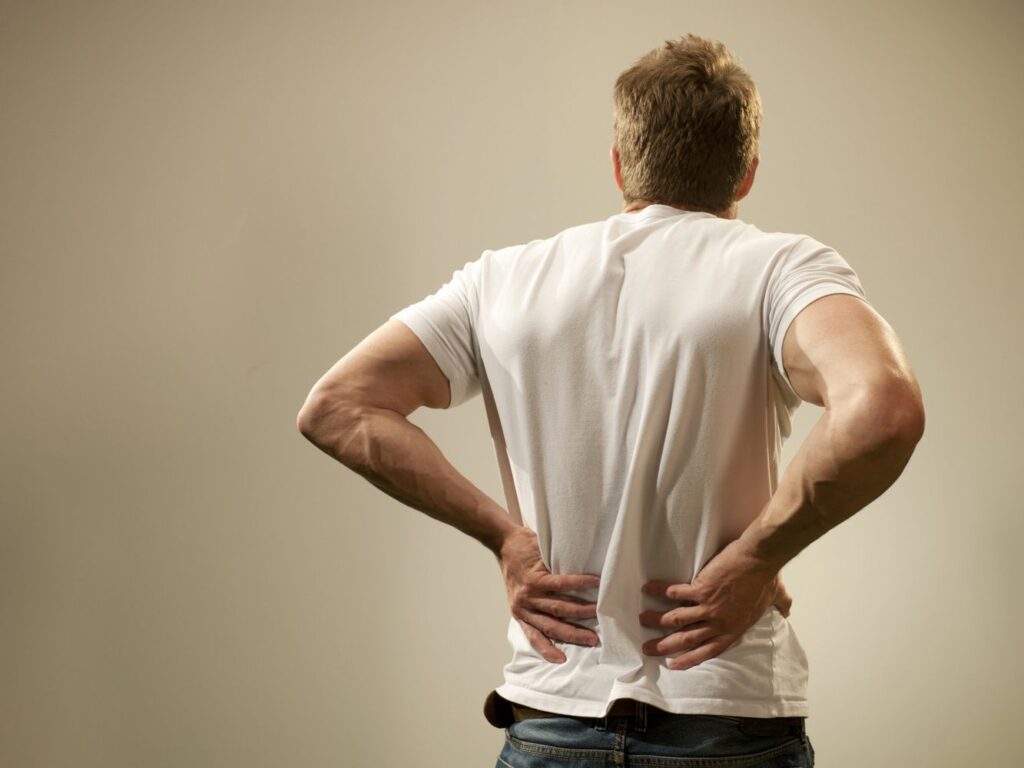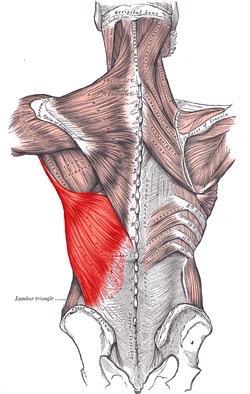In this post we discuss why you should stop doing core exercises if you’re struggling to overcome back pain and what to focus on instead.

If you have back pain and seem to be taking one step forwards and two back with the exercises you’ve been given, perhaps it’s time to try something else?
Let’s say your back has been troubling you for some time. You’ve been assessed by a medical professional and fortunately there doesn’t seem to be anything serious going on.
You’re limited in your activities however and always concerned something might make it worse.
The feeling is like walking around with a grenade in your pocket, you never know when it’s going to go off.
Whilst a physiotherapist told you that getting your ‘core’ stronger will help, everything you’ve tried either makes no difference or makes things worse.
Whenever somebody comes to me in this situation, my first rule is ‘don’t poke the bear.’
Your back is an area you’re understandably protective of and which might be sensitive to activity. Why start with an exercise that places demands on it?
I wouldn’t.
In fact in this situation I like to start as far away from your back as possible.
Ankle muscles
Your feet and ankles are your regular point of contact with the ground. As such how they move has an impact on everything above them.
Training your calf muscles and the muscles that dorsiflex your ankle is safe and can improve back pain. Especially if walking or running seem to make matters worse.
Knee muscles
Next up the muscles that bend and straighten your knees. A few of these muscles attach into your pelvis and can therefore directly influence your back.
You can also train both these motions without placing significant stress through your back, especially if you use resistance training machines.
Hip muscles
Your hips are one of the most mobile joints in your body. Or at least they should be if the muscles that surround them are working well.
Restrictions in hip motion have a significant impact on how your pelvis moves and will therefore have an influence on your back.
Focus on training both hip flexion and extension, as well as the muscles that take your leg out to the side (abductors) and the ones that take it back again (adductors).
Again you can do this with consideration for your back using hip abduction / adduction machines.
So that’s everything that sits below your back, what about the stuff above it?
Shoulder muscles
The latissimus dorsi is a huge muscle that runs from your arm down into your lower back. As such it plays a significant role in stabilising the area

Any movement that involves pulling a weight towards you will train this muscle.
A seated row with a chest pad, or a pulldown machine are good options to challenge the latissimus. Both can be performed by people with back pain without causing issues.
These machines will also challenge the trapezius muscle to varying degrees which has attachments all the way up the thoracic spine.
Summary
If you’ve tried using core exercises for your back pain with little success, focus on other muscles that can either directly or indirectly influence how your back functions.
Just going to the gym, having a positive experience and getting stronger may reduce your back pain without the need for any specific core exercises.